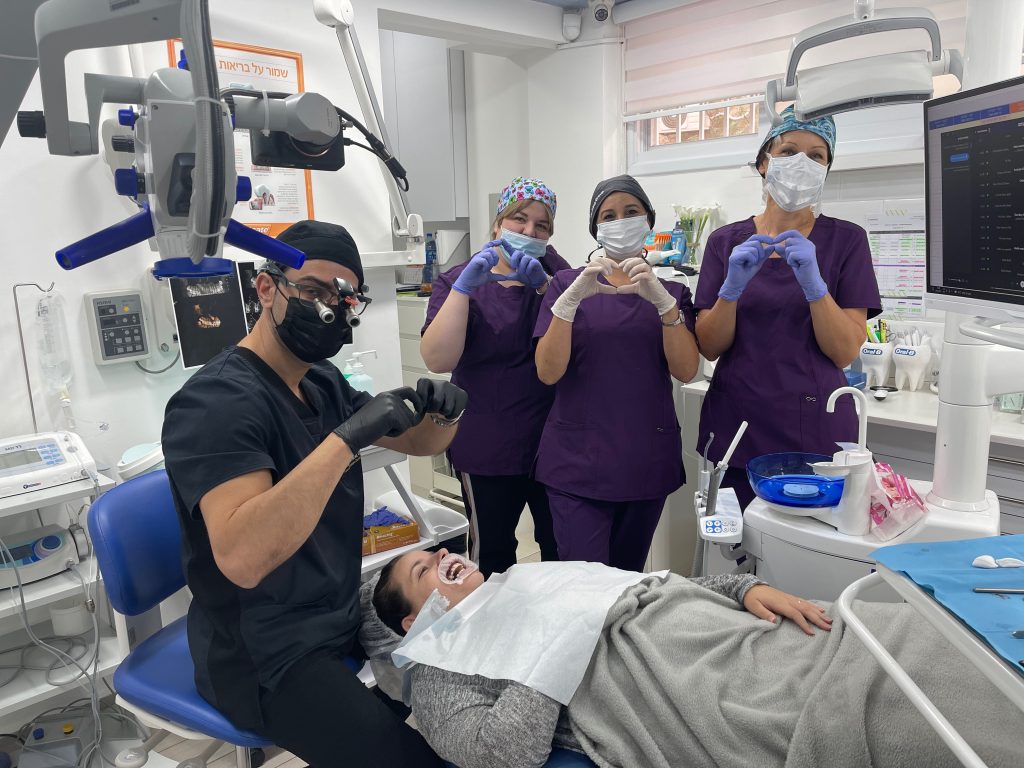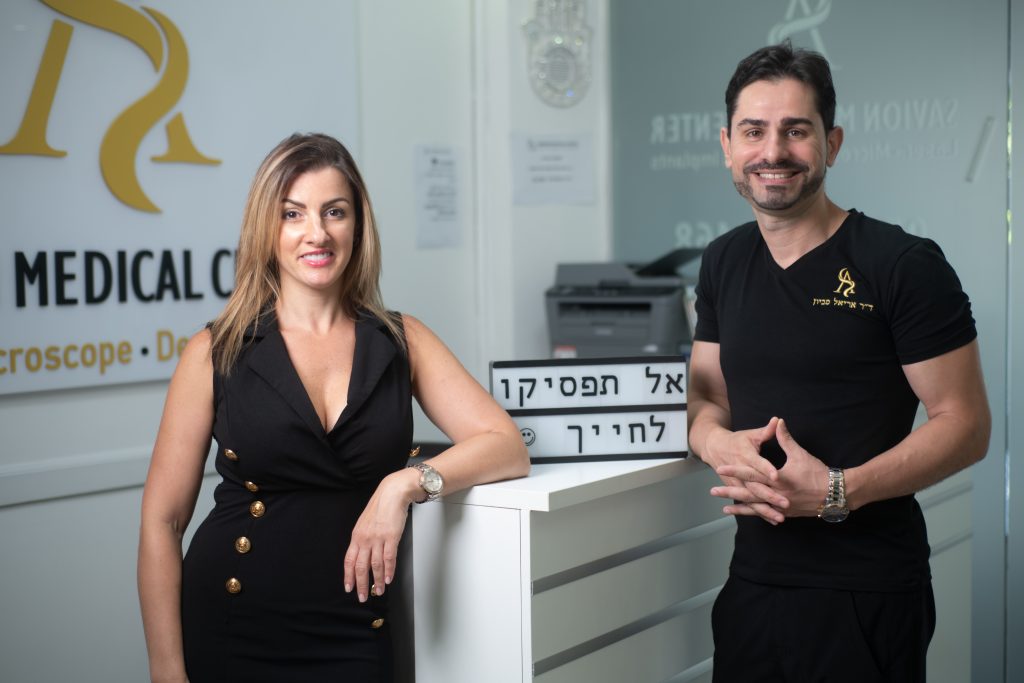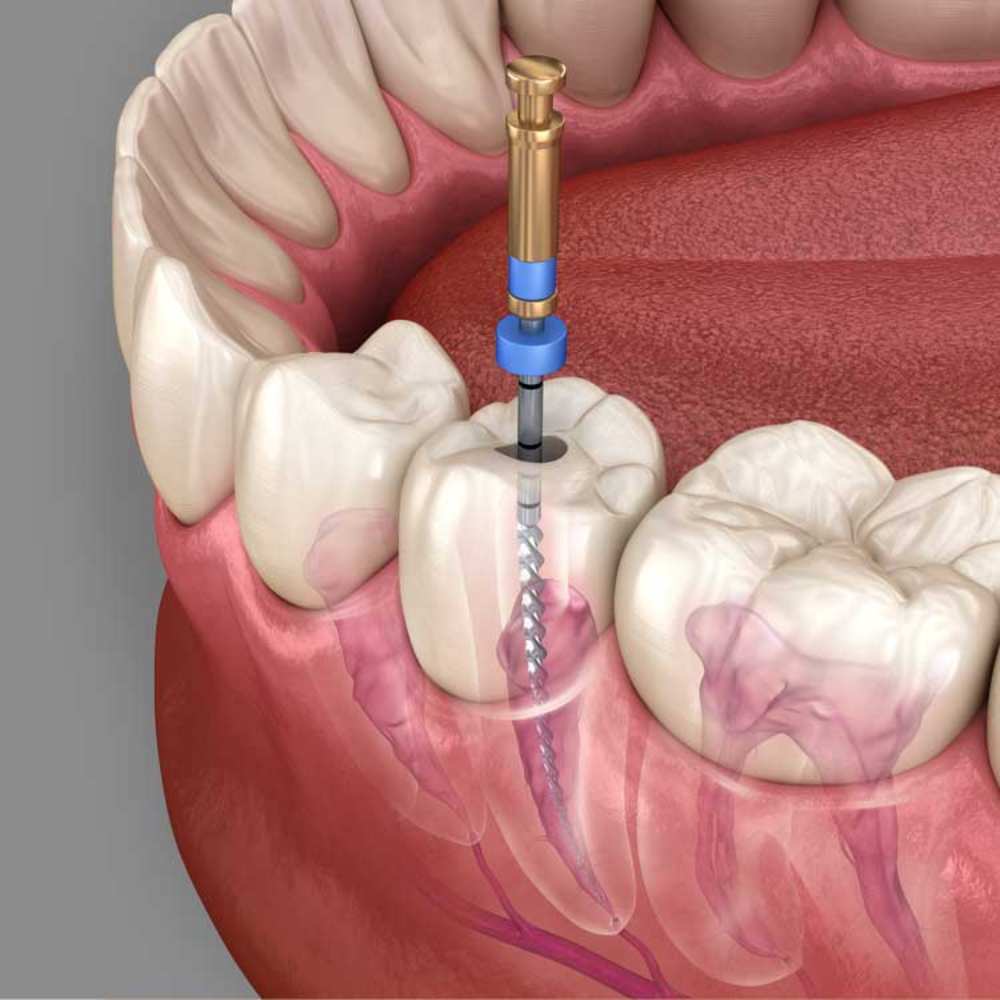Root Canal Therapy: Clinical Purpose and Applications
Root canal treatment is a procedure designed to address infection or decay in the inner chamber of a tooth. The infection typically results from bacterial penetration through dental caries into the tooth structure. Treatment may also be necessary in cases where a filling has failed or when a tooth has sustained trauma from significant impact. In essence, the primary objective of root canal therapy is to preserve a severely compromised tooth that cannot be restored with conventional restorative procedures.
During the procedure, the dentist removes the damaged tissue known as the dental pulp. The practitioner thoroughly cleanses the affected area and subsequently fills the root canals. It's important to note that the dental pulp is living tissue located within the tooth's inner chamber, through which the tooth receives essential nutrients.
This tissue contains nerves and blood vessels, which explains why damage results in pain. When the dental pulp becomes compromised, patients typically experience severe pain and may observe swelling in the affected area. Without proper treatment, the infection can spread and worsen, potentially leading to abscess formation around the root apex, which naturally requires immediate intervention. Root canal therapy aims to eliminate pain and halt the progression of damage.
Equally important is understanding that this treatment enables preservation of the natural tooth and prevents its deterioration. Neglect may ultimately necessitate extraction, whereas removal of the infected tissue and completion of the treatment protocol arrests infection spread, allowing the natural tooth to continue functioning optimally.
Dr. Ariel Savyon
Dentist since 2007, holds a double master's degree (Germany) in laser science and implantology (dental implants).
Serves as medical director of the dental corporation "Savyon Medical Center Ltd. Owner of a prestigious study club master_implant, treating dentists in various fields. The only certified instructor in Israel of the World Clinical Laser Institute in the field of laser science in dentistry in Israel.
Dr. Savyon, an opinion leader for leading companies in Israel and around the world, a researcher and international lecturer in the field of laser dentistry, periodontal medicine, and dental implants.

When is Root Canal Treatment Necessary? Clinical Indicators
Several conditions necessitate root canal therapy:
- When the dentist identifies a severely infected or damaged tooth resulting from extensive decay
- Following repeated dental procedures in the same area where damage has reached deep tissue layers
- In cases of severe caries that has reached the pulp chamber, or when untreated cavities have progressed deep into the tooth structure, affecting the pulp tissue—root canal treatment can provide effective resolution
- When deep fractures are detected in the tooth structure
- When infection has caused swelling, significant temperature sensitivity (both hot and cold), and the patient experiences pain in both the tooth and surrounding gingival tissues
- When color changes are observed in the affected tooth, indicating decay or other deep structural damage
- In certain cases, there may be no perceptible symptoms such as pain or swelling, yet pulpal damage may be detected through radiographic examination
- There are situations where severe dental trauma, even without visible fractures, can cause irreversible pulp damage requiring therapeutic intervention
The objective of root canal therapy is to arrest damage progression and prevent additional caries and complications. This approach enables long-term tooth preservation, prevents extraction, and eliminates pain.
Patients express appreciation for Dr. Ariel Savyon and the clinic team:
Microscope-Enhanced Endodontics, Clinical Benefits and Precision
The utilization of therapeutic microscopy in root canal treatments enhances precision and efficacy. This optical technology provides significantly enhanced magnification, enabling the practitioner to visualize the treatment area with exceptional clarity.
This technology enables particularly effective treatment of root canal systems, which are often extremely difficult to visualize with the naked eye. This technique can save teeth that might deteriorate beyond repair.
Primary advantages of microscope utilization in root canal therapy include:
- Natural Tooth Preservation - The microscope assists in maintaining tooth function and prevents the need for extraction due to irreversible damage
- Bone Preservation - By avoiding tooth extraction, alveolar bone resorption is prevented, thus maintaining maxillary bone integrity
- Superior Conservative Treatment - Compared to alternatives, this represents a less invasive approach, focusing on maximal preservation of tooth structure
- Safety for Adjacent Teeth - The precise microscope-based approach reduces the risk of inadvertent damage to neighboring teeth during treatment
- Reduced Treatment Time - Microscope utilization decreases the number of required visits and treatment duration without compromising efficacy and precision
- Cost-Effective Long-term Solution - This method can be particularly economical. Beyond natural tooth preservation, root canal therapy is typically less expensive than extraction and dental implant placement
Advanced Root Canal Treatment with Laser and Microscope:
Advanced Laser Technology in Endodontics, Dual-Wavelength Protocol
Successful root canal treatment depends on optimal disinfection and cleaning of the canal system. This is a complex procedure due to the anatomical structure of the canals and surrounding areas. Traditional treatment methods may leave incompletely cleaned areas where bacteria can subsequently proliferate, ultimately leading to treatment failure. Chemical agents used in standard root canal therapy can be effective, yet they have limitations, such as inadequate penetration, potential for swelling, and pain from excessive use.
In contrast, laser treatment represents a modern and more effective alternative, with Erbium and Diode lasers deserving special recognition.
Erbium laser operates at mid-infrared wavelengths. This laser type is well-absorbed by water molecules and tooth structure. This characteristic makes the laser highly suitable for heating and vaporizing bacterial biofilms and opening dentinal tubules for deep bacterial biofilm elimination.
Diode laser is considered highly effective for root canal disinfection with penetration capability up to 1000 microns while disrupting bacterial membranes. The use of advanced technology enables 360-degree light distribution, resulting in improved laser treatment efficacy, allowing thorough disinfection without compromising the root apex.
Generally, the combination of Erbium and Diode lasers in root canal treatments, particularly in complex cases, has proven to significantly improve treatment success and tooth preservation. Laser technology demonstrates superiority over traditional treatments, with safer procedures, fewer side effects, and reduced post-operative discomfort.
Primary advantages:
- Enhanced Precision - More accurate removal of infected tissue, reducing the likelihood of untreated compromised areas
- Superior Disinfection - Dual-wavelength laser provides exceptional disinfection capability, meaning excellent bacterial biofilm reduction
- Increased Success Rates - By improving treatment efficacy and disinfection, this technology achieves higher success rates and longer-lasting results
Direct reconstruction laser technology:
Pre-Treatment Protocols, Patient Preparation and Clinical Guidelines
Prior to root canal therapy, it's important to follow the practitioner's specific pre-treatment guidelines. You may be advised to avoid eating for several hours before treatment, particularly when scheduled for sedation. It's crucial to inform the practitioner of any medical conditions, allergies, or medications. Prior to treatment, maintain thorough oral hygiene.
- If treatment is performed under sedation, maintain prescribed fasting protocols as directed by the practitioner.
- Inform the doctor of prescription medications you're taking, chronic conditions, and any other relevant information such as sensitivities or allergies.
- Share any concerns or apprehensions with the practitioner. Additionally, following treatment, avoid driving if you've received sedation or general anesthesia.
Endodontic Procedure, Clinical Treatment Sequence
Root Canal Treatment Phases:
- The dentist creates access through the tooth using laser instrumentation to reach the infected pulp chamber
- Diseased tooth structure is removed from the treatment area
- Canal cleaning and preparation for filling material placement
- Canal filling and sealing. The filling enables hermetic sealing to prevent reinfection following treatment completion

Post-Operative Care and Recovery, What to Expect?
Post-treatment, patients typically experience mild discomfort or sensitivity for several days. Over-the-counter analgesics usually provide adequate pain relief. It's important to avoid chewing in the treated area until treatment is completed with permanent restoration or crown placement. Continue maintaining proper oral hygiene with regular brushing and oral care.
During the recovery period, report to the practitioner if you experience severe pain, swelling, or fever. Contact the dentist immediately if pain seems unusual. However, it's essential to attend follow-up appointments for monitoring. The good news is that following successful root canal treatment and proper restoration, the tooth can function for many years just like any other natural tooth.

Endodontic Complications, Risk Assessment
Root canal treatment is generally considered safe and effective. However, risks exist. It should be emphasized that laser treatment significantly reduces these risks.
Partial Success
Tooth Fracture
Post-treatment Infection
Dietary Recommendations Following Root Canal Therapy
Following root canal treatment, there's no need to avoid eating and drinking. Key points to remember:
- Wait for Anesthesia to Subside
- Avoid eating until numbness completely resolves to prevent inadvertent biting of cheek or tongue due to lack of sensation.
- Choose Soft Foods
- Prefer soft, easily chewed foods to avoid applying excessive pressure to the treated tooth.
- Avoid Hot Beverages and Foods
- High temperatures may cause sensitivity and discomfort in the treated area.
- Eliminate Hard Foods
- Hard foods may damage temporary fillings or compromise teeth that haven't completed treatment.

Root Canal Treatment FAQ
Routine treatment typically requires one or two visits, with each session lasting from thirty minutes to several hours. In complex cases involving damage to molars, multiple canals, or severe infection, treatment may extend beyond this timeframe.
It's worth noting that laser treatment is typically faster than conventional methods—shorter duration while maintaining high efficacy.
Root canal treatment has a reputation for being painful, but this is inaccurate. With modern techniques using sedation or anesthesia, it's typically no more uncomfortable than routine filling procedures.
During the procedure, local anesthesia affects the tooth and surrounding area. Some discomfort or mild pain following treatment is considered normal, and this discomfort typically subsides within a short period.



















